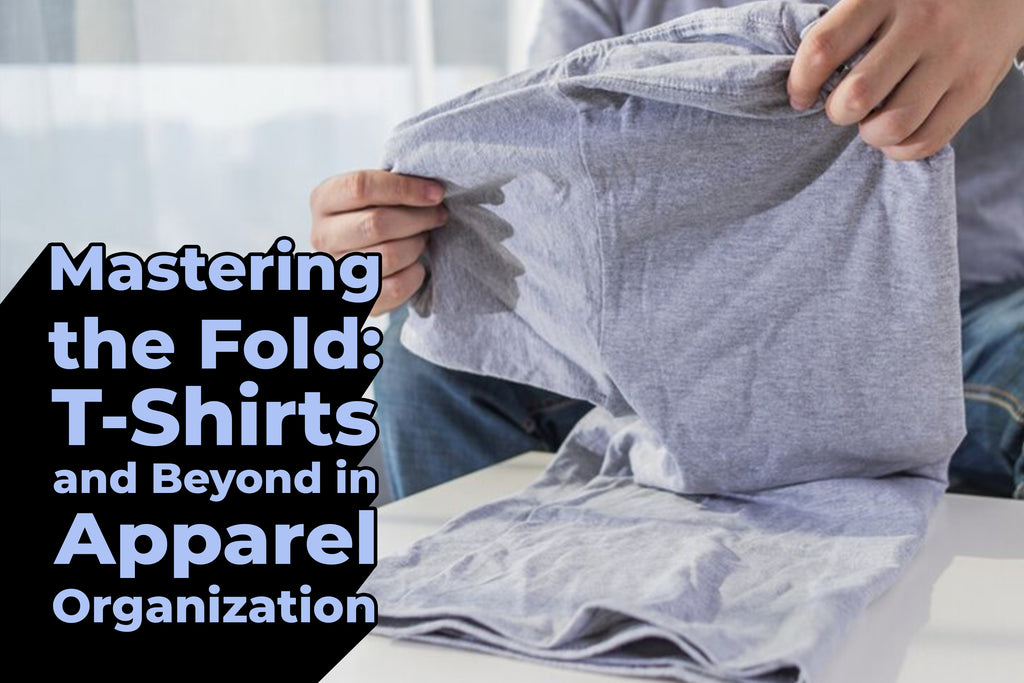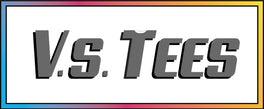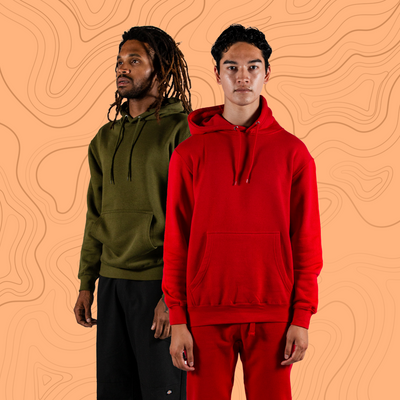Mastering the Fold: T-Shirts and Beyond in Apparel Organization
Posted by ARTEMIO NERVEZ JR

Folding clothes is a necessary evil, but it doesn't have to be a chore. With a little practice, you can master the fold and create a well-organized closet or dresser that makes it easy to find what you're looking for.
Folding t-shirts

T-shirts are one of the most common items of clothing to fold, and there are a few different ways to do it. Here is a simple method that will help you fold your t-shirts neatly and efficiently:
- Lay the t-shirt flat on a surface.
- Fold the sleeves back towards the middle of the shirt, aligning them with the shoulder seams.
- Fold the shirt in half lengthwise, bringing the bottom hem up to meet the collar.
- Fold the shirt in half again, bringing the bottom edge up to meet the top edge.
This method will create a compact, rectangular fold that is easy to store and organize.
Folding other types of apparel
The basic t-shirt fold can be used to fold other types of apparel as well, such as polo shirts, button-down shirts, and sweaters. For larger items, such as jeans and pants, you can fold them in half lengthwise and then again in half crosswise.
Here are some additional tips for folding different types of apparel:
- Shirts: Fold shirts with buttons or zippers closed. This will help to keep the garment in shape and prevent wrinkles.
- Pants: Fold pants with the legs aligned and the waistband facing down. This will create a neat fold.
- Dresses: Fold dresses in half lengthwise and then again crosswise. If the dress has a long train, you can fold it in half lengthwise again.
- Underwear and socks: Fold underwear and socks into small, compact squares. This will help to save space in your drawers.
Organizing your closet or dresser

Once you have folded your clothes, it's time to organize your closet or dresser. Here are a few tips:
- Group items together. For example, group all of your t-shirts together, all of your pants together, and all of your dresses together.
- Store items in the most accessible location. For example, store your everyday clothes in drawers or on shelves that are easy to reach. You can store seasonal clothes or less frequently used clothes on higher shelves or in the back of your closet.
- Use dividers and organizers to keep your clothes in place. Dividers and organizers can help to keep your clothes folded neatly and prevent them from getting wrinkled.
Conclusion:
Folding clothes and organizing your closet or dresser may seem like a daunting task, but it doesn't have to be. By following the tips above, you can master the fold and create a well-organized space that makes it easy to find what you're looking for.
At VS Tees, the thought of tidying up your wardrobe and perfecting your clothes-folding technique can be intimidating. However, with the guidance provided, mastering the art of folding becomes a breeze, leading to an organized space where every item is easily accessible.





